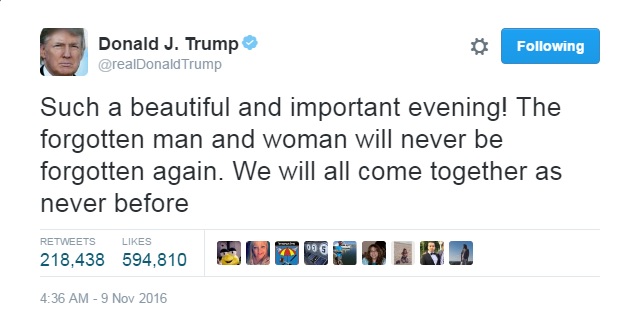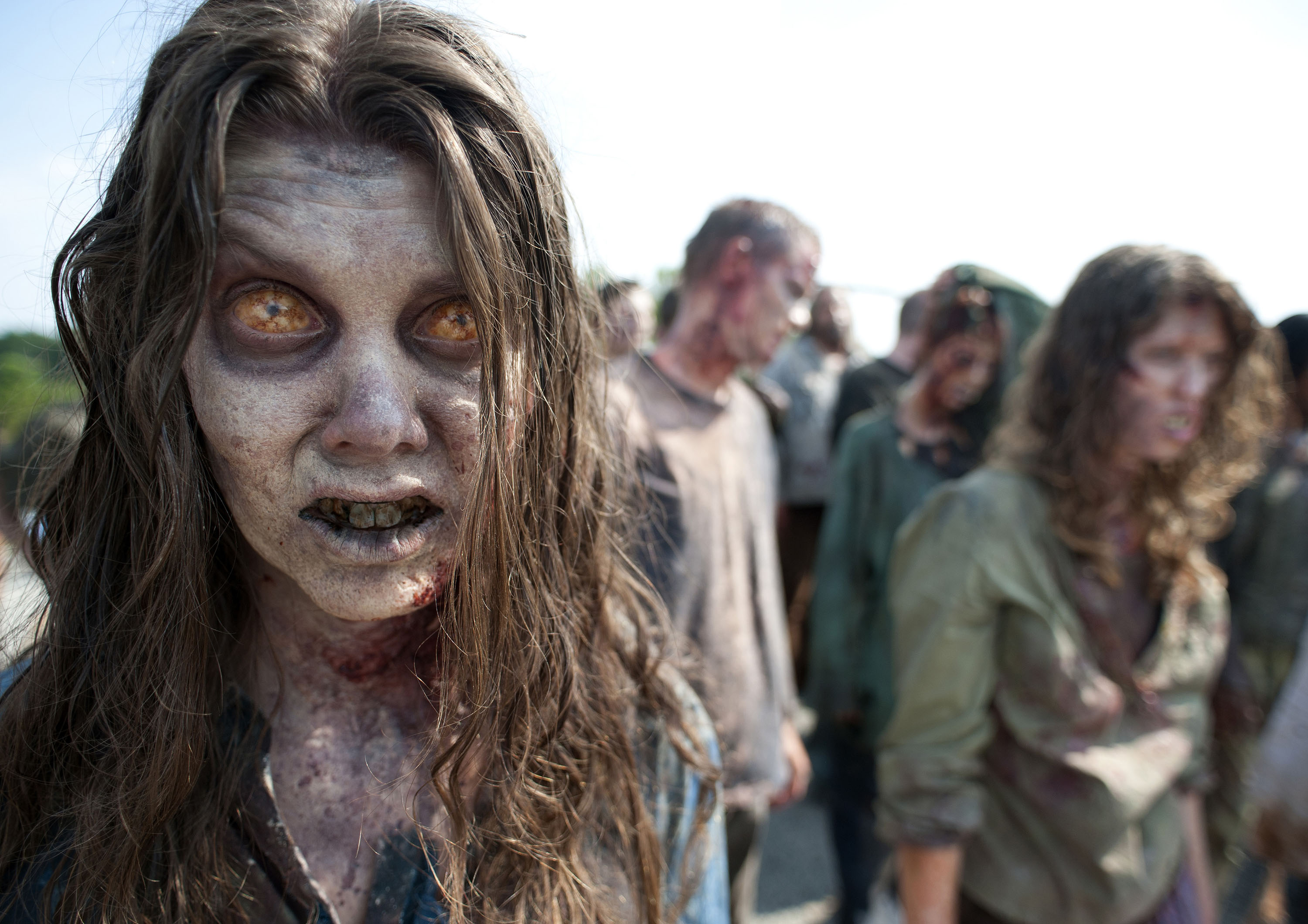The narrative of the recent election is that Trump won over “forgotten Americans,” though Hillary Clinton received the most votes from households making under $50k. The MAGA voters who were fetishized in the Election Day post-mortem were white, and somehow their struggles were awarded greater currency than people who had less. Part of that is because they tipped a vital election by being located in certain states which gave them a certain political capital, but the truth is their skin color fit into the noxious demagoguery of the campaign season.
I’ve published a couple of posts about the new Case-Deaton paper about morbidity and mortality, which tries to divine the reason for middle-aged Caucasians enduring a “great die-off.” The report has not yet been peer-reviewed, and in Pacific·Standard, Mark Harris pushes back at the findings, arguing the research is marked by suspect methodology (above my head) but also that it misleadingly fixates on white Americans who still enjoy healthier and wealthier lives across the board than, say, African-Americans. The latter group has a significantly shorter lifespan than their white counterparts.
If the trend lines truly show one race making progress and another faltering, even if the declining group is richer, it’s certainly valuable to report as much so that we can attempt to stem a serious problem. The danger, however, is that attention will be pulled from those who need it most because of a compelling story line.
From Harris:
Dubious methodology aside, there is still some useful information in the Case and Deaton report. America does seem to have a serious problem ensuring longevity for its population as compared to its peer nations. But, though the international perspective is the strongest part in their paper, it’s not what the researchers or the newspapers led with. Why put the statistical alchemy in front? Why is the story more dramatic or attractive when it’s about white people?
Mistakes and missteps also propel social science forward, as the Olshansky paper did. Still, Case and Deaton didn’t publish their findings in a peer-reviewed public-health journal, at least not first. Brookings is a center of political influence in Washington, and I have no doubt that Capitol Hill staffers have already written up their briefs on the report and passed them to their bosses — that is, if they work half as fast as Internet journalists do.
By the time it makes its way to the top of the policymaker food chain, how will this report be understood? I’d wager it’s something like the Brookings blog headline: “Working Class White Americans Are Now Dying in Middle Age at Faster Rates Than Minority Groups.” I asked [Arline] Geronimus if that was, to her understanding, a true statement: “I think that’s misleading, I really do. Oh boy,” she laughs, “there’s so much wrong with that. That headline makes it sound like problems are worse for white Americans than black Americans.” The narrative is wrong, but it’s not the first time Geronimus has heard it since the election. The Case and Deaton paper, she says, fits conveniently in this story, and it’s one she fears Americans are primed to believe.•






